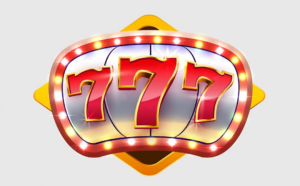- NFTs are assets that are tokenized via blockchain technology.
- It is entering into many artistic fields, such as music, filmmaking, etc.
- It is helping because of the direct-to-consumer approach.
NFTs are embraced by artists, creators, musicians, filmmakers, etc. because they provide countless opportunities for creative expression. The artworks are evolving as NFTs create interactive and dynamic scenarios.
What Are NFTs?
NFT stands for Non-Fungible Token. These are assets that are tokenized via the blockchain. These are distinguished from other tokens by their unique identification codes and metadata. These are exchanged and traded for cryptocurrencies, money, or other NFTs. Cryptocurrency is also a form of token but the key difference between NFTs and cryptocurrencies is that cryptocurrencies from the same blockchain are interchangeable but two NFTs from the same blockchain, despite being identical, cannot be interchanged. NFTs either have a fixed selling price or there is a need to bid for them in an auction.
Creative Expression In NFTs
NFTs are entering numerous artistic fields, such as music, etc., showing the possibility of creative expression in NFTs. Novel technologies are reshaping the way we interact and perceive culture and art. NFTs have opened new avenues for creators, collectors, and artists to surge in cultural and creative expressions. This provides countless possibilities for artists seeking compensation and recognition for their creations.
NFTs have democratized the art world and allowed creators to connect with their audience and monetize their work without the need for a third party. This direct-to-consumer approach pays off for a diverse range of artists. Innovative forms of creative expression have been raised due to the marriage of art and technology. These digital artists can leverage NFTs to create interactive and dynamic artworks that evolve.
The entertainment industry is embracing NFTs as a dynamic approach to engage fans and boast financial gains. Musicians, filmmakers, etc. are immersing themselves in the NFT realm. Artists are seizing the potential of NFTs to forge stronger bonds with their fan base within the realm of music. This can foster a more intimate and meaningful connection between supporters and artists.
Filmmakers and musicians are leveraging these digital tokens to redefine fan engagement and revenue generation strategies. They come with a set of challenges and significant promises. There are environmental apprehensions surrounding the energy usage of blockchain networks in the creation of NFTs, leading to substantial discussions on the matter. The digital realm presents concern in matters of disputes and copyright violations over ownership. These aspects demand resolution for the technology to realize its full potential.
Conclusion
The emergence of NFTs represents a transformative juncture in the progression of artistic and cultural manifestations. This newfound empowerment of artists facilitates the safeguarding of cultural legacies and reshapes conventional notions of ownership. NFTs serve as a resounding affirmation of the boundless frontier that human creativity can conquer in an era driven by technological advancements. Hence, there is a great scope for NFTs in the future, as they are creating more and more opportunities for the evolution of creativity.





